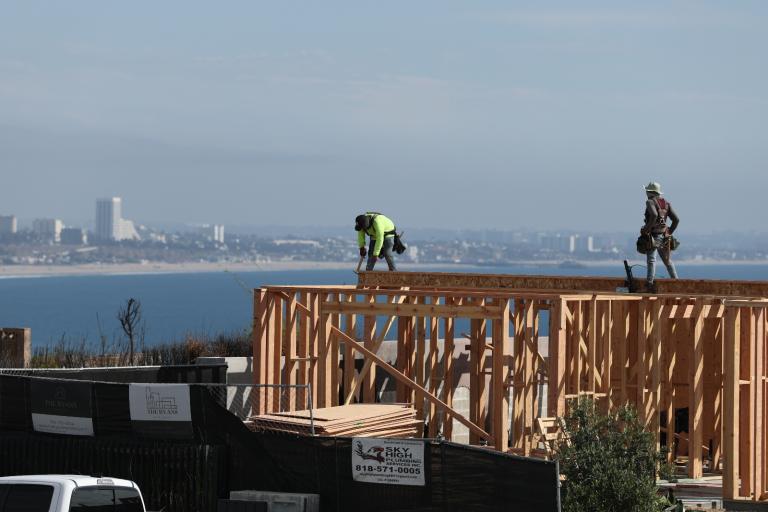The following is a guest post from Gina Barteletti, publications and volunteer coordinator at Heart of America Northwest.
—–
The U.S. Department of Energy is proposing to add more deadly, toxic waste to Washington State’s Hanford Nuclear Reservation before existing waste is cleaned up. At the same time, DOE is proposing changes to the Tri-Party Agreement (TPA), also known as the Hanford Cleanup Agreement, which could add decades to cleanup.
DOE has proposed to empty only 20 of the 149 leaky single-shell nuclear waste tanks by September 2019 — only one tank retrieved each year. Additionally, DOE proposed a 22-year extension for emptying all the leaky single-shell tanks, extending the deadline from 2018 to 2040.
But contamination from tank leaks is spreading more rapidly toward the Columbia River than DOE claimed was possible, and no deadlines are established for the cleanup of groundwater.
The DOE is also proposing to delay construction to the Waste Treatment Plant, also known as the vitrification plant, meant to stabilize Hanford’s high-level nuclear tank waste by blending it with molten glass and placing it in stainless-steel canisters. The plant began construction in 2002 and is currently eight years behind schedule and $8 billion over budget — not to mention that it’s only designed to treat half of the existing tank waste. And even with the WTP built up to standard, all of the waste currently sitting in leaky single-shell tanks wouldn’t receive treatment until 2047, nearly 20 years behind the current TPA schedule.
The DOE, EPA, and the Washington State Department of Ecology are considering such drastic delays while ignoring more viable options. Several options include building new tanks, emptying waste from the old, dangerous single-shell tanks before more leaks occur, and beginning early startup of the Low Activity Waste vitrification plant, which could begin processing tank waste in 2013 and help get waste out of the leaky tanks.
DOE could also use higher efficiency — and simpler — vitrification melters to allow for faster processing of more waste once the final vitrification plant is operational. No matter what, the most pertinent option to consider is to stop adding more waste to Hanford. Over one million gallons of deadly high-level radioactive nuclear waste have leaked from massive tanks at Hanford into the groundwater.
The TPA, signed in 1989 by DOE, the Washington State Department of Ecology, and the U.S. EPA, is a legally binding agreement that establishes responsibilities for cleanup and provides a basis for budgeting. Washington Ecology has the authority to impose these cleanup deadlines on the DOE. However, rather than utilize this authority, they have agreed to enter into negotiations with DOE and EPA to push back the already set deadlines.
Public meetings are upcoming in Seattle; Kennewick, Wash.; Portland; and Hood River, Ore. If you live in these areas, show up!
Seattle: November 27 at the Mountaineers Club
Kennewick: November 29 at the Columbia Center Red Lion
Portland: December 11 at the Red Lion Hotel Jantzen Beach
Hood River: December 12 at the Best Western Hood River Inn
For more information please email Gina or call 206-382-1014.


